Planting and growing cabbage seedlings
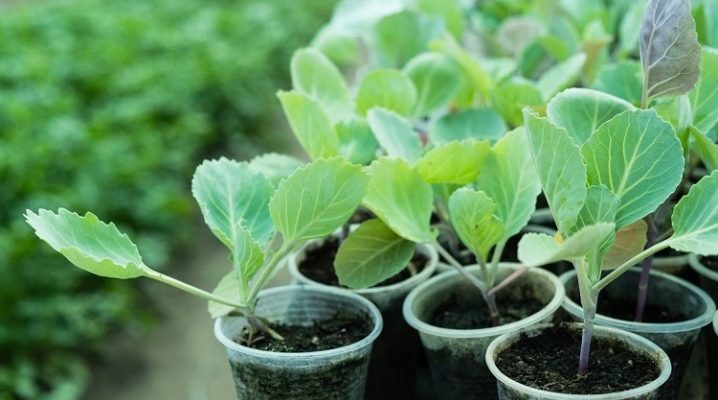
It is not easy to imagine a vegetable garden without cabbage, it is a healthy and tasty vegetable. You can store it in the cellar all winter, using it to prepare very different dishes. Only first, cabbage must be properly planted and grown in order to get a good, healthy harvest.
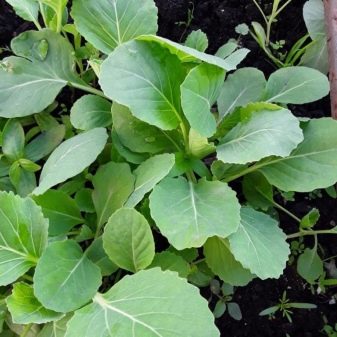

Timing
There are early varieties, there are mid-season and late ones. Early heads of cabbage rarely grow large, usually they do not weigh more than 1.5 kg. They are good for making summer salads. Mid-season samples are suitable for salads and are good for pickling. Late ones are planted mainly for fermentation and long storage in the cold season. And if you want to get exactly crispy sauerkraut, then you need to take the late varieties. The planting time also depends on the type of variety:
- early maturing - from 10 to 30 March;
- mid-season - from March 15 to April 15;
- late maturing - from April 1 to April 20.
But even this characteristic is quite general. For example, white cabbage (the most common type) is planted from the end of March to April 10, red cabbage - from March 10 to April 30, cauliflower - from April 1 to 10, but broccoli - from mid-March to mid-May. If you want to grow Chinese cabbage in your garden, then you need to have time with planting from the end of February to March 20. Gardeners usually track specific auspicious days according to the lunar calendar.
The timing of disembarkation also depends on the region. If this is the central strip, as well as the Volga region, on average, planting falls on March 15 - April 15, in the Urals and Siberia - from April 15 to May 30, and in the south, cabbage can be planted already from February 10. In an apartment, you can start growing seedlings (a loggia or a window sill) in February, in mid-April it is transplanted into a nursery or a greenhouse (most importantly - under a film), and in the middle - end of May - on the street.
If the greenhouse is made of polycarbonate, it is better to transplant cabbage in the middle of spring, and plant it in open ground in May.

Preparation
This is a voluminous process, because you need to prepare seeds, soil mixture, and containers.
Seeds
The first point is sorting the seeds. It is necessary to select those that are not less than 1.5 mm... The selected material is wrapped in a triple gauze cocoon, sent to a thermos with + 45 ° water for 15 minutes, and then for a couple of minutes under a cold stream. Having adopted water procedures, the seed material stays at room temperature for a day. Then the seeds are placed on a plate, stratified for about a day in the refrigerator at + 1 ... + 2 °. And then they are dried completely (so that the seeds become free-flowing). If these are store seeds, you need to study the instructions on the package. Perhaps all the preparatory procedures have already been passed, and the seeds are ready for planting. If they are multi-colored, then you can definitely sow without any preparation.
Cabbage is grown with or without diving. If a pick is needed, the seeds can be sent to a common container, and after the pick, the sprouts will disperse into individual containers. But if you don't want to get involved with picking at all (some gardeners believe that it leads to injuries to the roots of seedlings), then it is better to sow immediately in separate containers: in pots, cups, large-mesh cassettes, peat tablets.


Priming
The soil should be loose and light, so peat is needed at its base. The recipe for optimal soil looks like this: 75% peat + 20% turf + 5% sand. There is another option: take peat, humus (or compost), turf soil in equal parts, add a small part of the sand.And you can also take humus and sod soil in equal shares, mix with wood ash and add complex mineral fertilizer (a tablespoon per 1 kg of soil mixture).
You can also use store-bought soil. But whichever option is chosen, the composition must be disinfected: for 15-17 minutes, bake it in an oven at 200 ° (or 5 minutes in a microwave)... Next, the soil mixture must be cooled, then sent to a container that is treated with 1% manganese solution, and left for a couple of weeks in a warm place, while bacteria useful for seeds form in the ground.
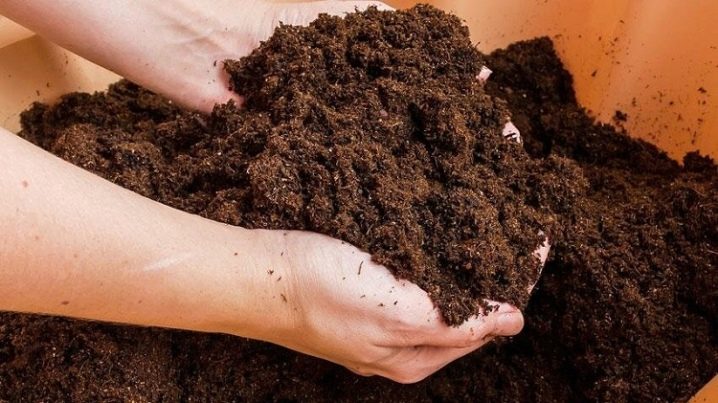
Capacities
For sowing, you can use cups, boxes, cassettes, pots. The capacity is selected according to the number of plants grown. For large volumes, it is better to take seedling boxes and cassettes. There should be holes in the bottom of the container for water drainage.
The container must be processed with a manganese solution. In an almost boiling bucket of water, it is necessary to dilute 5 g of potassium permanganate, this will be enough. The container and the tools that are used for planting are processed with a ready-made solution.
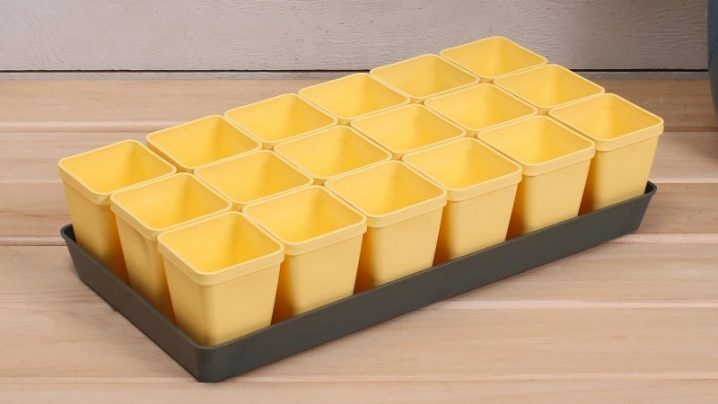
Sowing methods
There are several of them. Let's start with the most familiar.
Classical
Standard boxes are taken, the depth of which is about 5 cm. A layer of prepared soil substrate is laid there, the thickness of which is about 4 cm. This mixture is poured with a solution, for which 2 tablets of "Gamair" and "Alirin B" are diluted in 10 liters of water. It is better if the soil is formed and watered a couple of days before sowing. Directly on the day of sowing, you need to make grooves in the soil 3 cm from one another, 1 cm deep.
Prepared seeds are laid out in them with a centimeter step. Then the grooves must be sprinkled with the substrate. Further, the surface is slightly compacted, and the container with crops is sent to the windowsill. You need to keep it there at a temperature of + 18 ... + 20 °. Within 4–5 days, shoots can be seen.
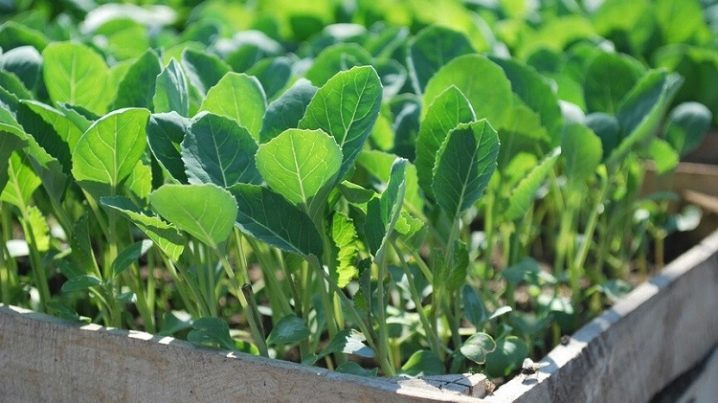
In tablets
This fit is also interesting, and this method is gaining more and more supporters. Especially the method will appeal to those who do not want to injure the roots of plants with a dive. Tablets are pressed peat, which contains trace elements useful for seedlings... Therefore, feeding the cabbage is not required before planting in the ground. The tablets themselves are "packed" in a mesh, which, in turn, is treated with a fungicide, which means that the culture is also protected from fungi.
The landing tablets should be at least 4 cm in diameter. They are sent to a deep container, filled with warm water to swell. When the tablets increase, the excess water is drained, and the seeds are laid out in 2 pieces in the pits on the tablets. Next, the pits are covered with peat. Then the container with tablets is sent to a bright place and stands there at + 18 ... + 20 ° until the emergence of shoots.
When the seeds germinate and become stronger, in each tablet, the weaker seedling is cut right under the root. But you can't pull it out, just cut it off, because pulling it out can damage the root system of a powerful sprout.

In cassettes
This method helps to avoid picking. You need to choose a cassette with cells, the depth of which is 8 cm. Cells are needed at least 7X8 cm for early varieties of cabbage, 5X6 cm - for mid-ripening, 5X5 cm - for late varieties. The cells must be filled with the prepared substrate, and 2 seeds must be sent to each. Or you can plant the seeds in tablets, and send the tablets to the cells.
If roots sprout through the grid of tablets, then the vegetable can be transferred to the pot with the tablet. And if the tablet is already in the cell of the cassette, then you need to add soil mixture to the cell and fill the space.
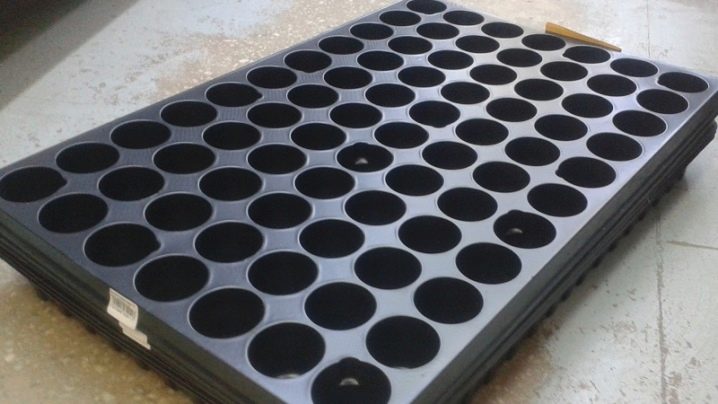
In a greenhouse or greenhouse
In the greenhouse, the seeds produce good seedlings. Light penetrates perfectly through the transparent greenhouse cover. At the same time, moisture from the ground in the greenhouse will not evaporate very quickly (in comparison with room conditions, where batteries are constantly working). And also a plus of growing a vegetable in a greenhouse is the creation of a good microclimate for young cabbage. The seeds to be sown must certainly dry out.On the garden bed, you need to make a couple of furrows 15–20 cm apart, water them abundantly. Then pour the seed into the grooves, observing an interval of 2-3 cm. The seeds are lowered to a depth of 1-2 cm.
When the first true leaves form on young plants, they will need to be treated with insecticides. At the stage of 4 true leaves, it is necessary to add 3-4 cm of the soil layer to the garden bed - this is done for the stability of the stem. If the seedlings grow thick, they must be thinned out. Weak seedlings are cut at the root, after which the garden is watered.
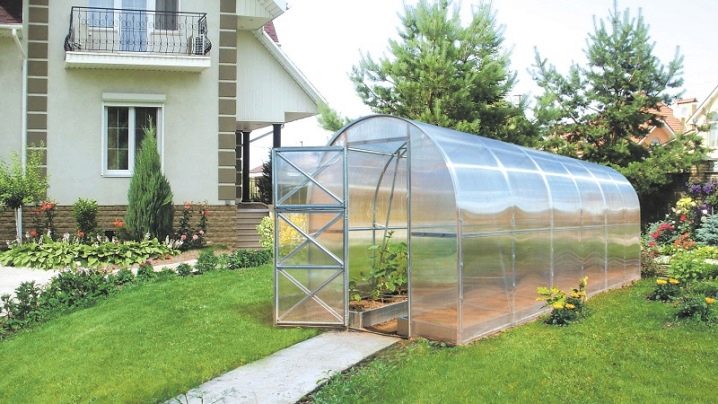
How to take care of it properly?
Plant care is always complex. Give slack in one, other measures will not give the desired effect.
Temperature regime
The optimal temperature range, which should be at home, is + 18 ... + 20 °. But when shoots appear, the temperature will be reduced to +16 in the daytime, and to + 10 ° at night. (this measure only applies to white cabbage). This is done to strengthen the seedlings, which means that the seedlings will not stretch.
Picking
You need to dive cabbage, which was planted in a common container. 1.5 weeks after fixing the plants, you can distribute the seedlings in their containers. They should be watered with a prepared solution (1 tablet of "Alirin-B" and "Gamair" per 10 liters of water) and do this for 2-3 days until there is a clear understanding that the seedlings have taken root.
It is necessary to deepen the seedlings by cotyledonous leaves, and the soil surface after planting for preventive purposes should be covered with river sand. A layer of 2 mm is sufficient. This will save the cabbage from the black leg. And when the seedlings get used to the new containers, you can lower the daytime temperature to + 13 ... + 14 °, the nighttime temperature can be up to + 10 °.
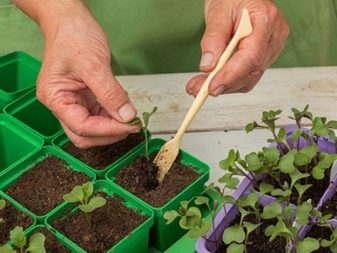
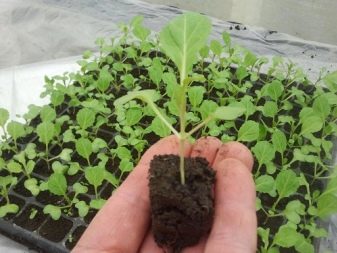
Hardening
Hardening is necessary to strengthen the root system of the plant. Cabbage will take root better, and germination rates will increase. The seedlings will have to be hardened about 1.5 weeks before they are planted in the ground. The first 2-3 days in the space where the seedlings are located, you just need to open the window for 3 hours. Then the seedlings can be taken out onto the balcony or veranda, where the sun's rays are already waiting for it. For the first time, you can shade the plant from the sun with gauze, otherwise a burn may occur.
On the sixth day of hardening, you can reduce watering, but the soil should still not dry out. The seedlings are transferred to the balcony, where they will remain until they are sent to the ground.
At the time of planting, the cabbage should have 4-5 leaves, and it will need to be well watered.
Top dressing
The first is carried out 9 days after the dive. In 1 liter of water, you can dissolve 2 g of potassium preparations and ammonium nitrate, 4 g of superphosphate. 1 liter of this nutrient solution will "feed" 50-60 seedlings. In order not to burn young roots, the culture must first be watered, and then fed. The new feeding will take place in 2 weeks. Fertilizers will be the same, but you will need 1 liter more water. If the cabbage seedlings turn a little yellow, you can fix this by adding a fermented slurry solution in a ratio of 1 to 10.
The next feeding takes place 2 days before the transfer of seedlings to the street. For 1 liter of water, take 3 g of ammonium nitrate, 5 g of superphosphate and 8 g of potassium compounds. Their dose is increased so that the seedlings take root better.


Diseases and pests
Most often, seedlings are attacked by a black leg and a particularly dangerous root rot. To overcome the first, you need to dry the soil inside the container, dust the seedlings themselves with ash and loosen the ground. If root rot has overcome the plant, the seedlings should be treated with "Rizoplan" or "Trichodermin" (these are safe biological products that specifically help to grow mycelium, which releases substances dangerous to pathogens).
The cruciferous flea very "loves" cabbage. These are small striped bugs, their infestation interferes with the normal growth of seedlings. And if their attack is not stopped, the seedlings will be completely problematic to grow to a mature plant. "Intavir" will help in this case, which need to process seedlings. If the cabbage turns yellow, it may be due to excess nutrition. This means that the feeding was unnecessary or was introduced in unacceptably high doses.
If this is the case, it is necessary to spill the earth with water very abundantly, so that the container is installed so that the water flows out of there. And also seedlings can turn yellow due to the addition of sea sand to the soil mixture.
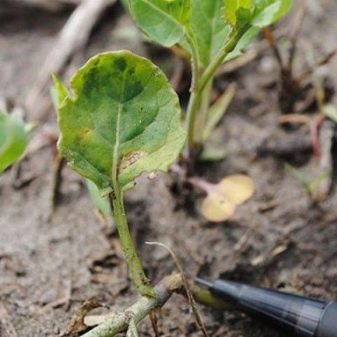

Frequent mistakes
Preparing cabbage for planting in the ground is not so difficult. The plant does not belong to capricious, it reacts sensitively to care, and you do not need to mess with it a lot. However, there are mistakes, but almost everything can be prevented. Vegetable growers most often make the following mistakes:
- thickened sowing - seedlings will stretch and grow unevenly, form fragile;
- lack of sufficient light - cabbage requires illumination and will not tolerate constant shading;
- stagnant water - cabbage loves moisture, but its roots prefer to breathe;
- watering with cold water - although the culture is cold-resistant, such watering will be stressful for it;
- high temperatures - everything that is above the norm is poorly tolerated by cabbage, and this will be seen from overly elongated seedlings, pampered and not ready for transplant;
- confusion in the timing of planting - each type of variety has its own time, if the seeds are store-bought, you need to study all the information on the package.
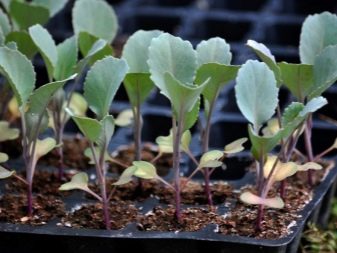
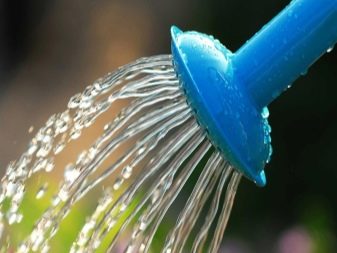










The comment was sent successfully.